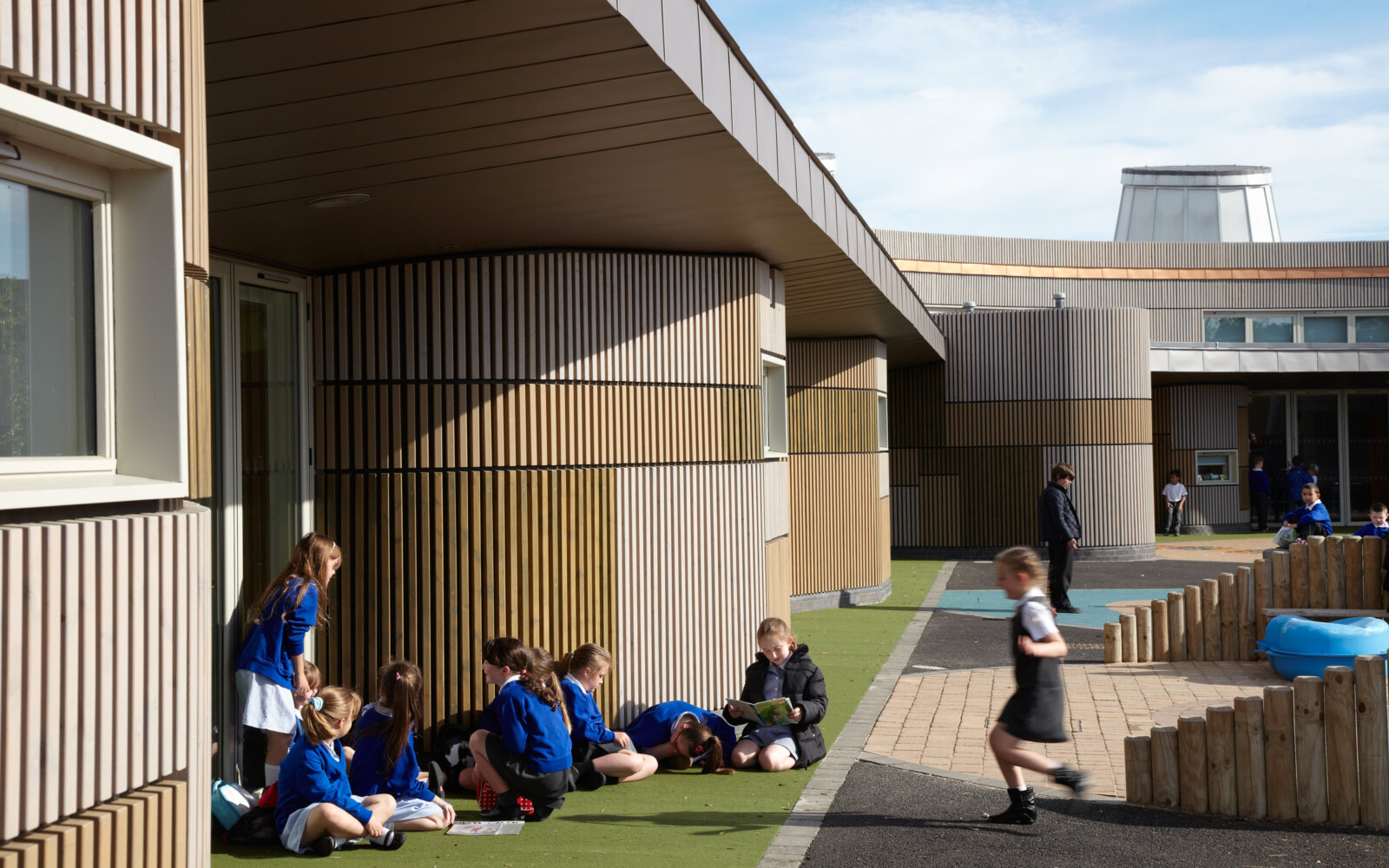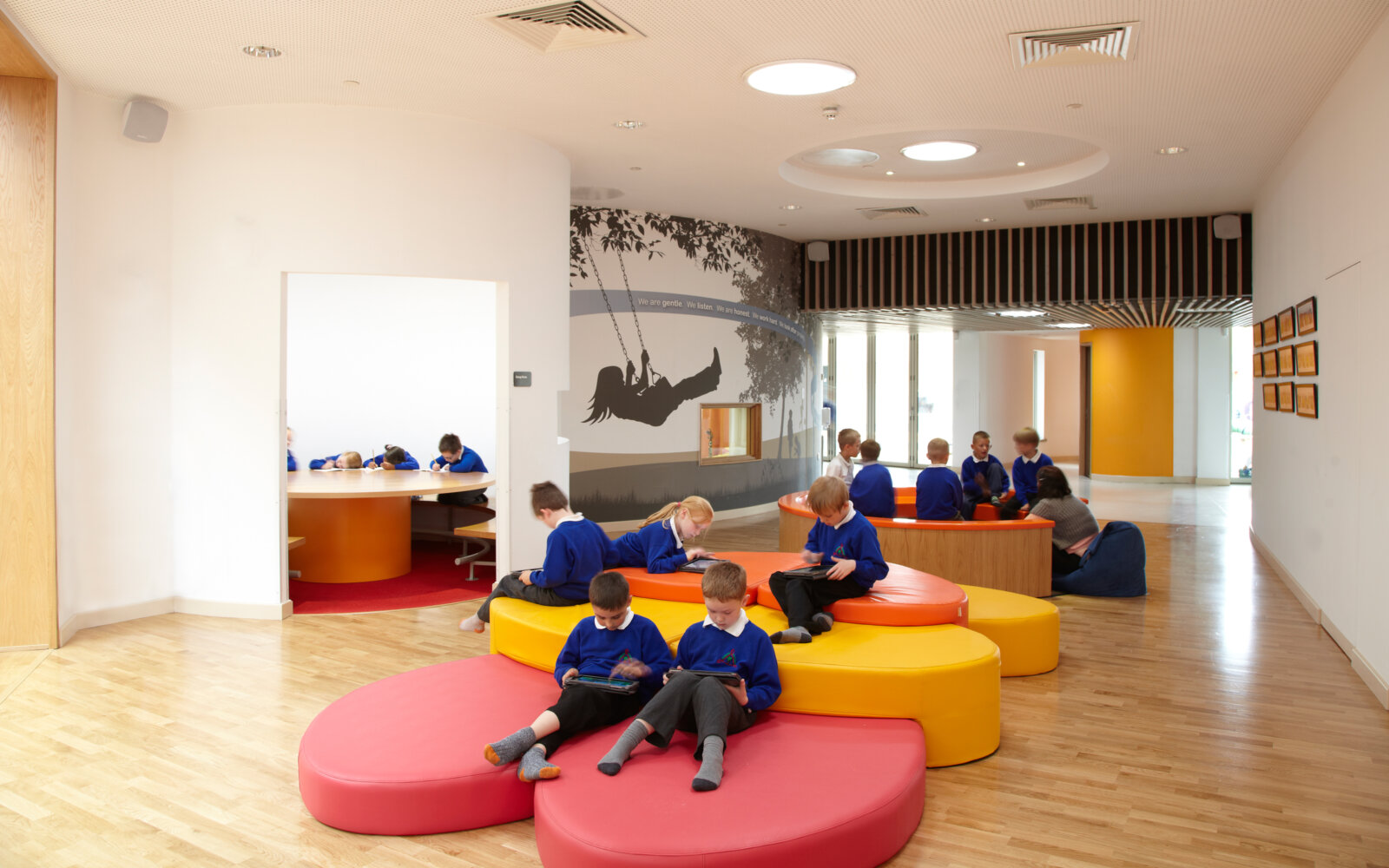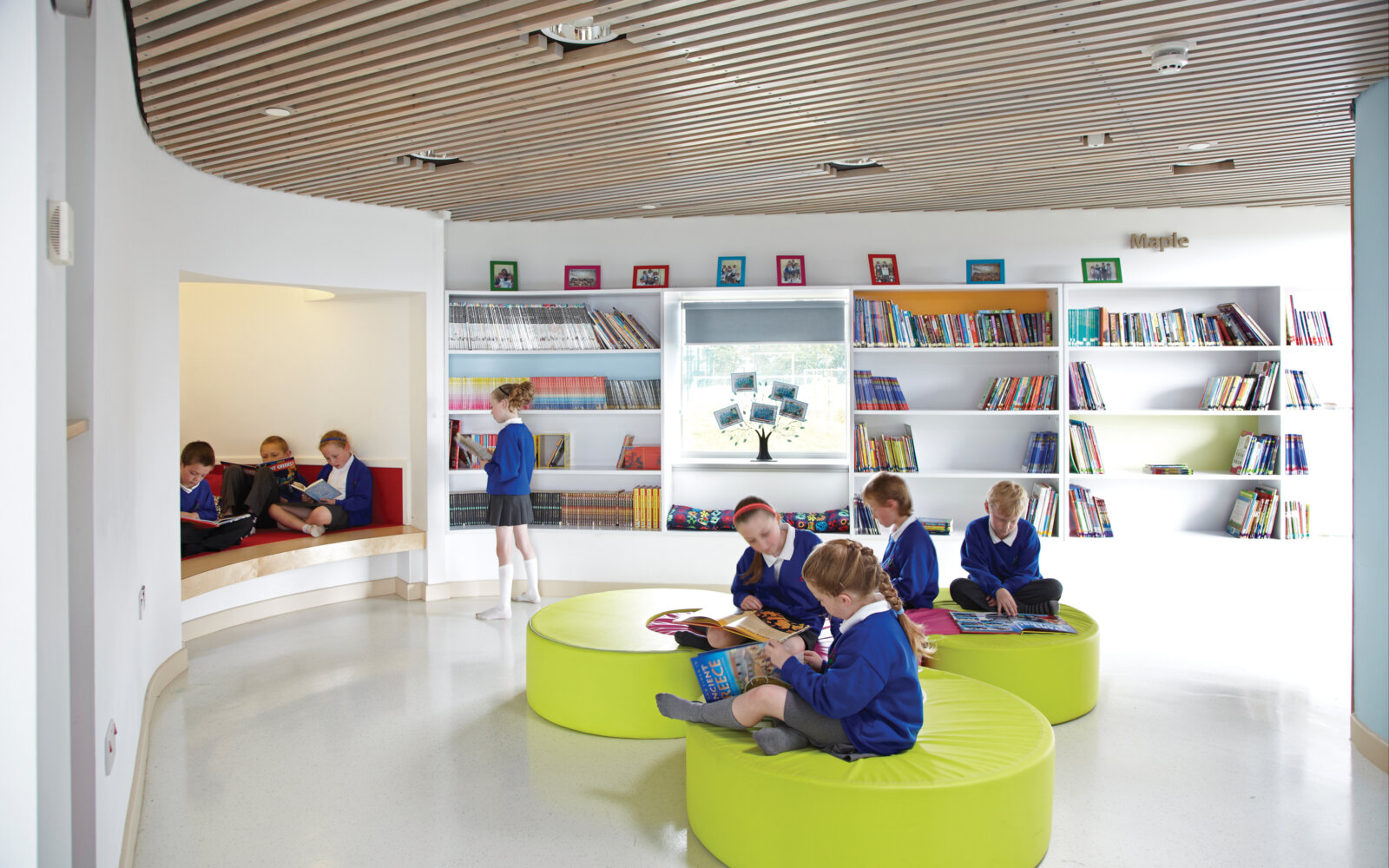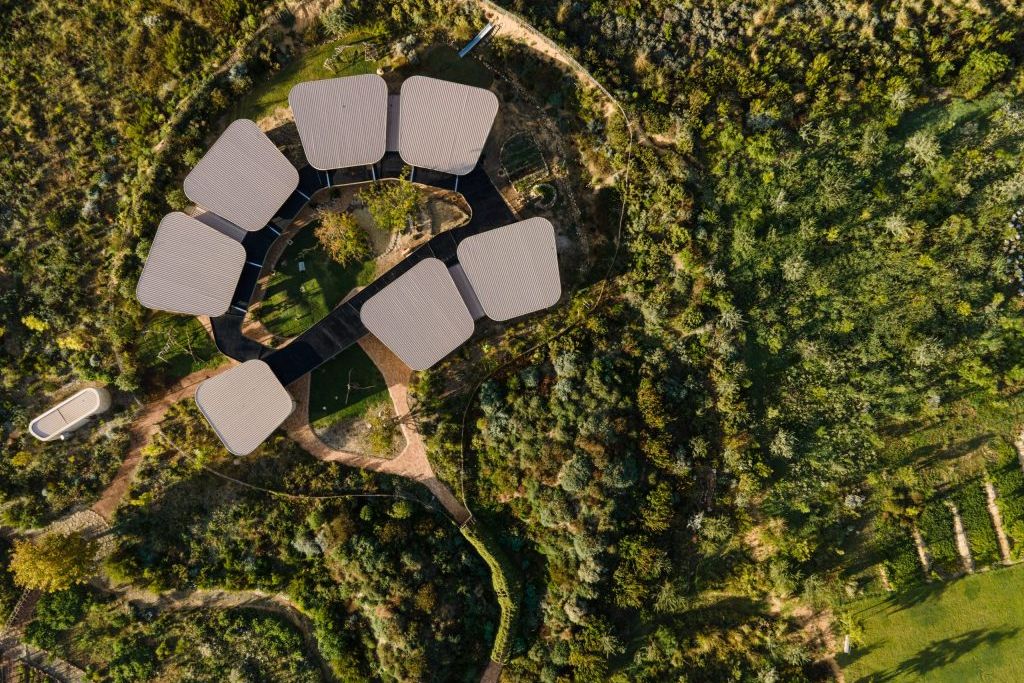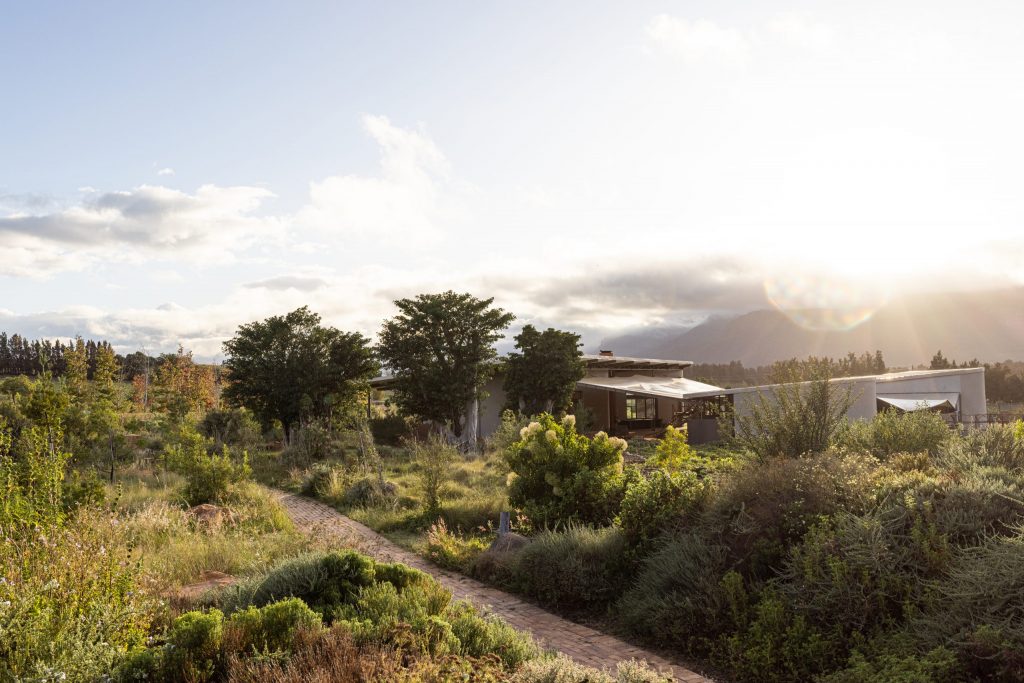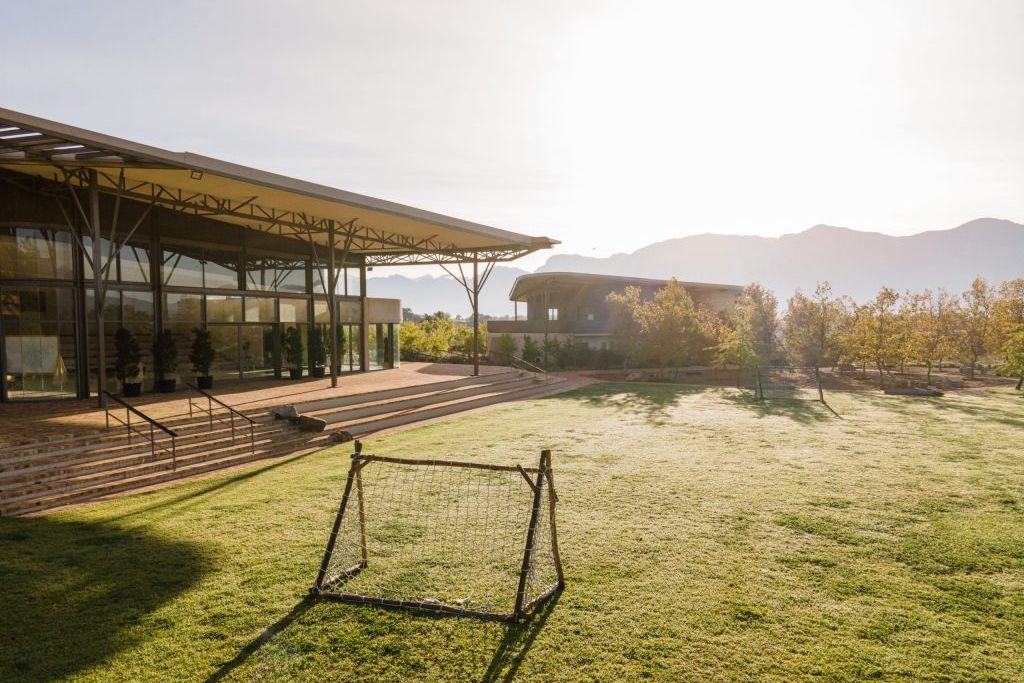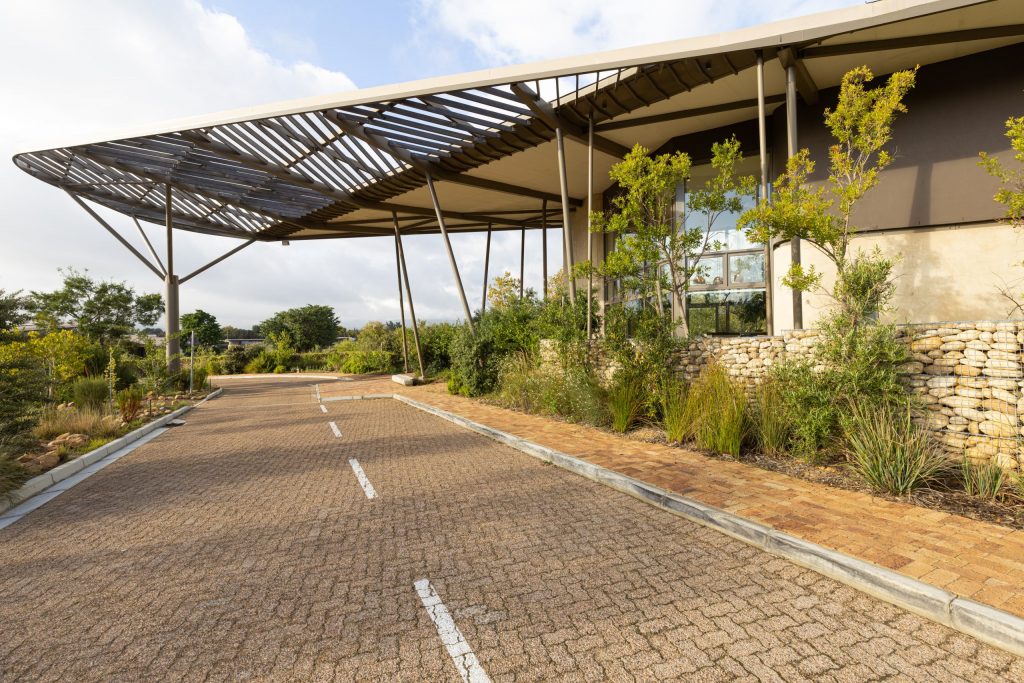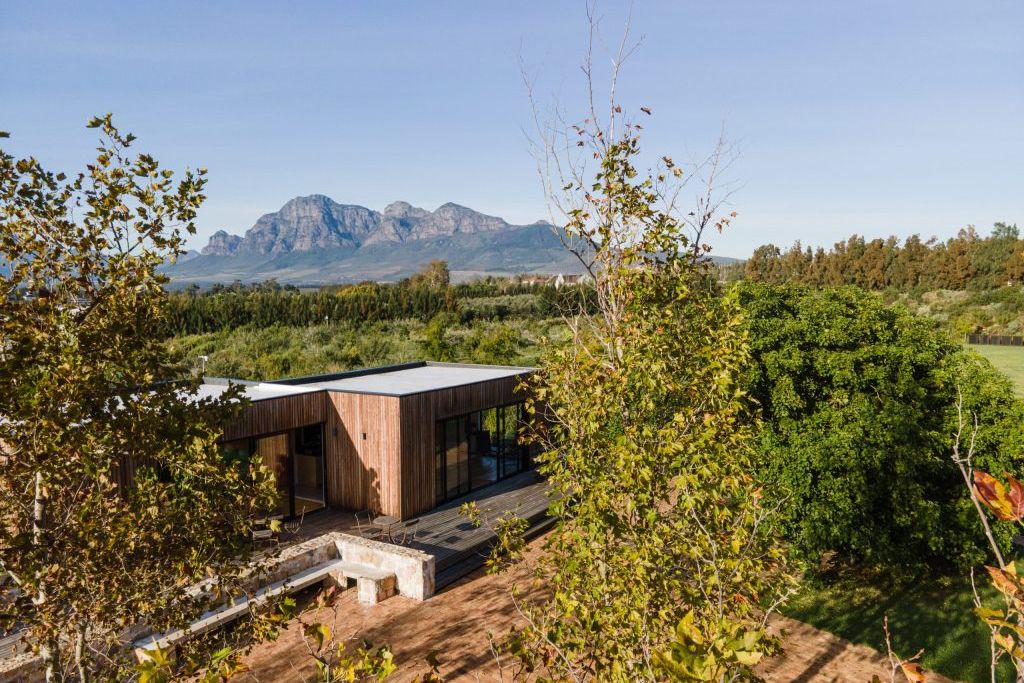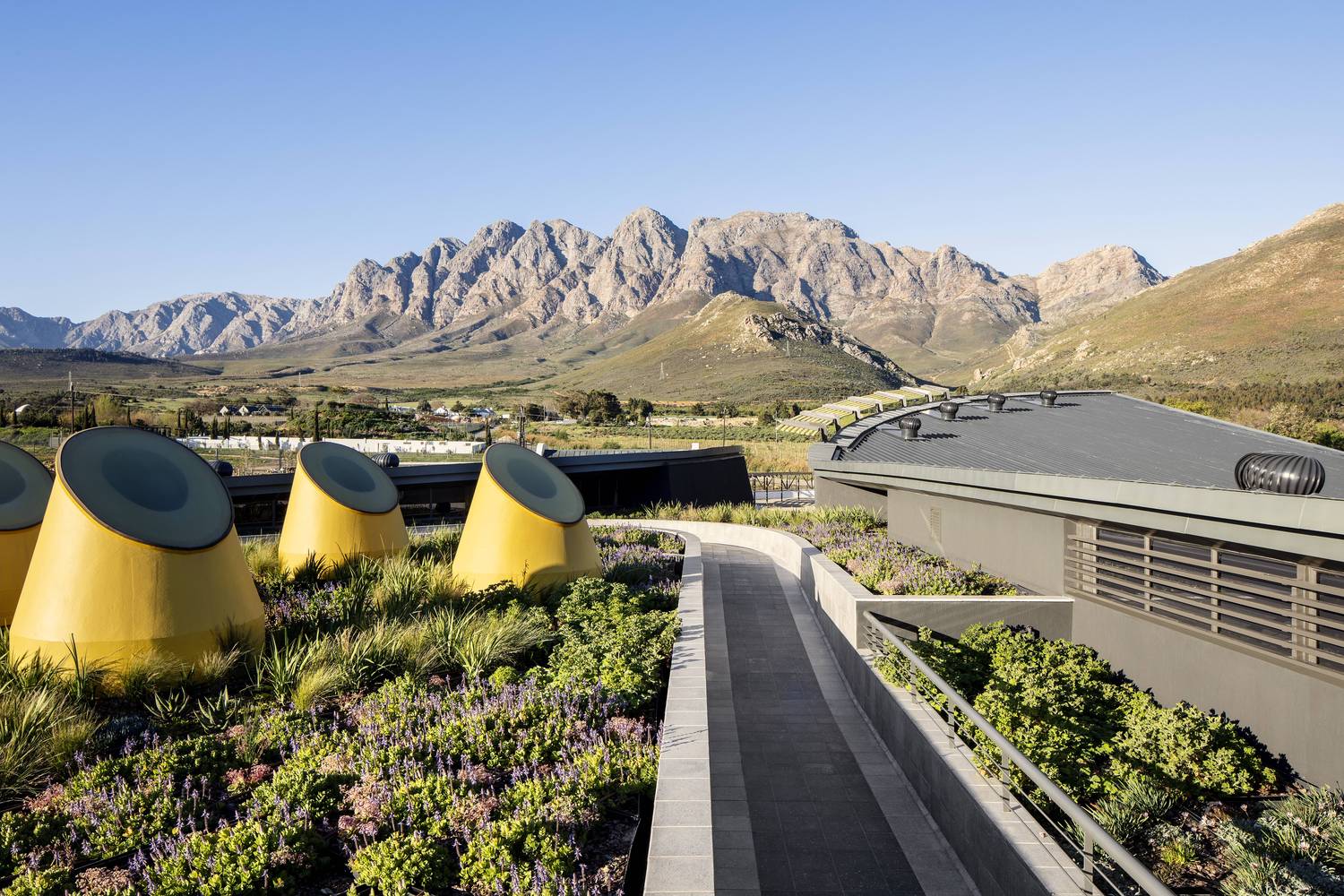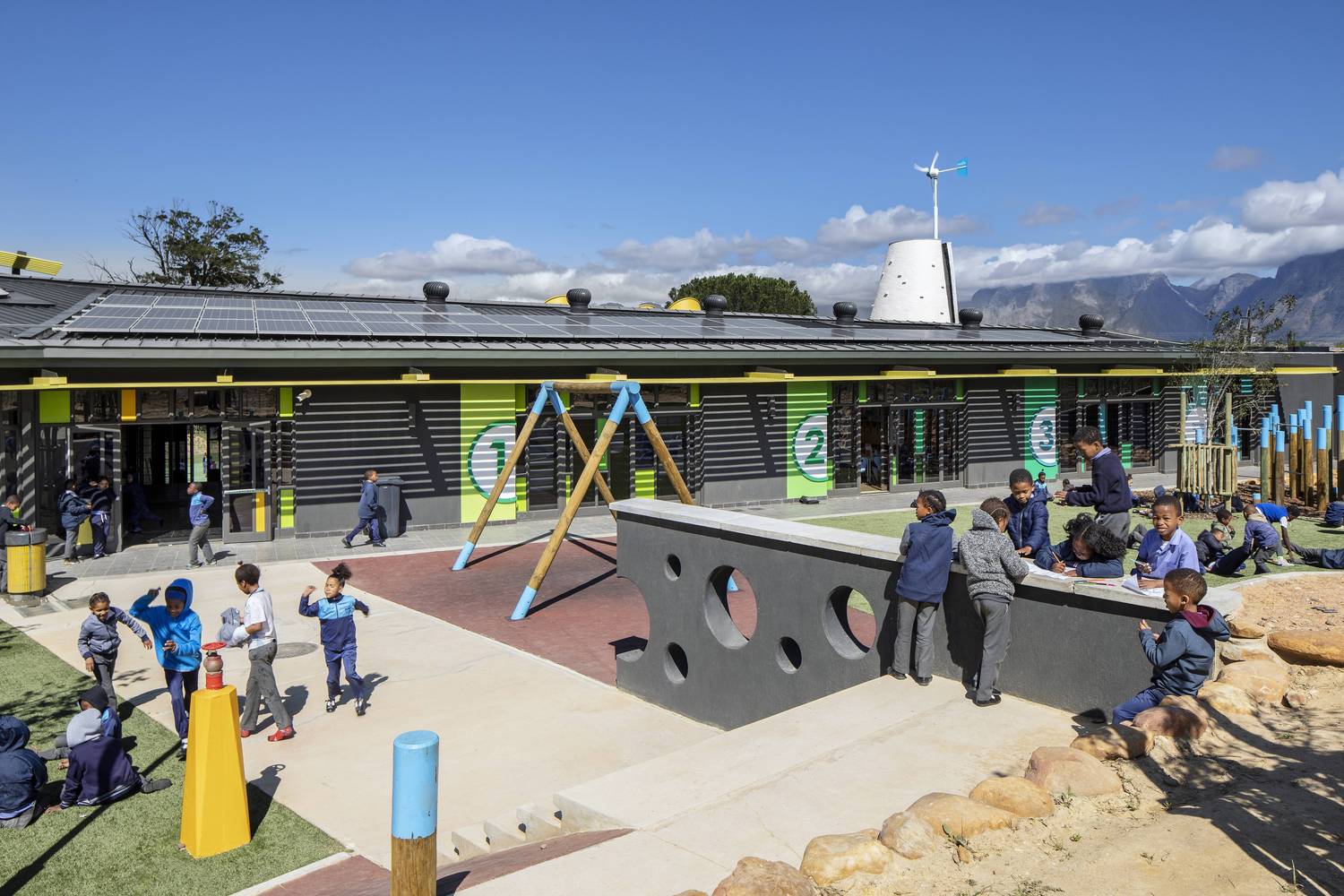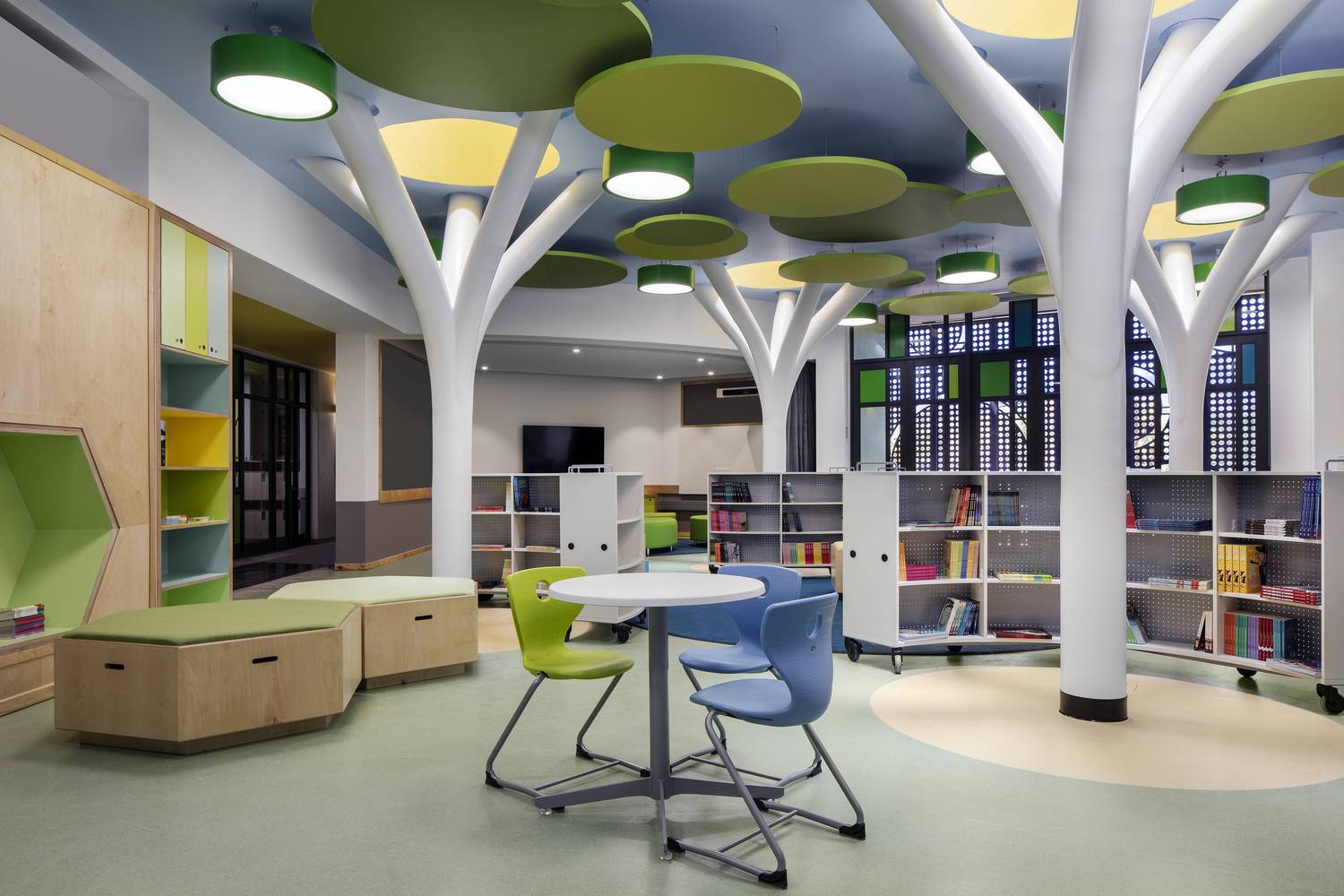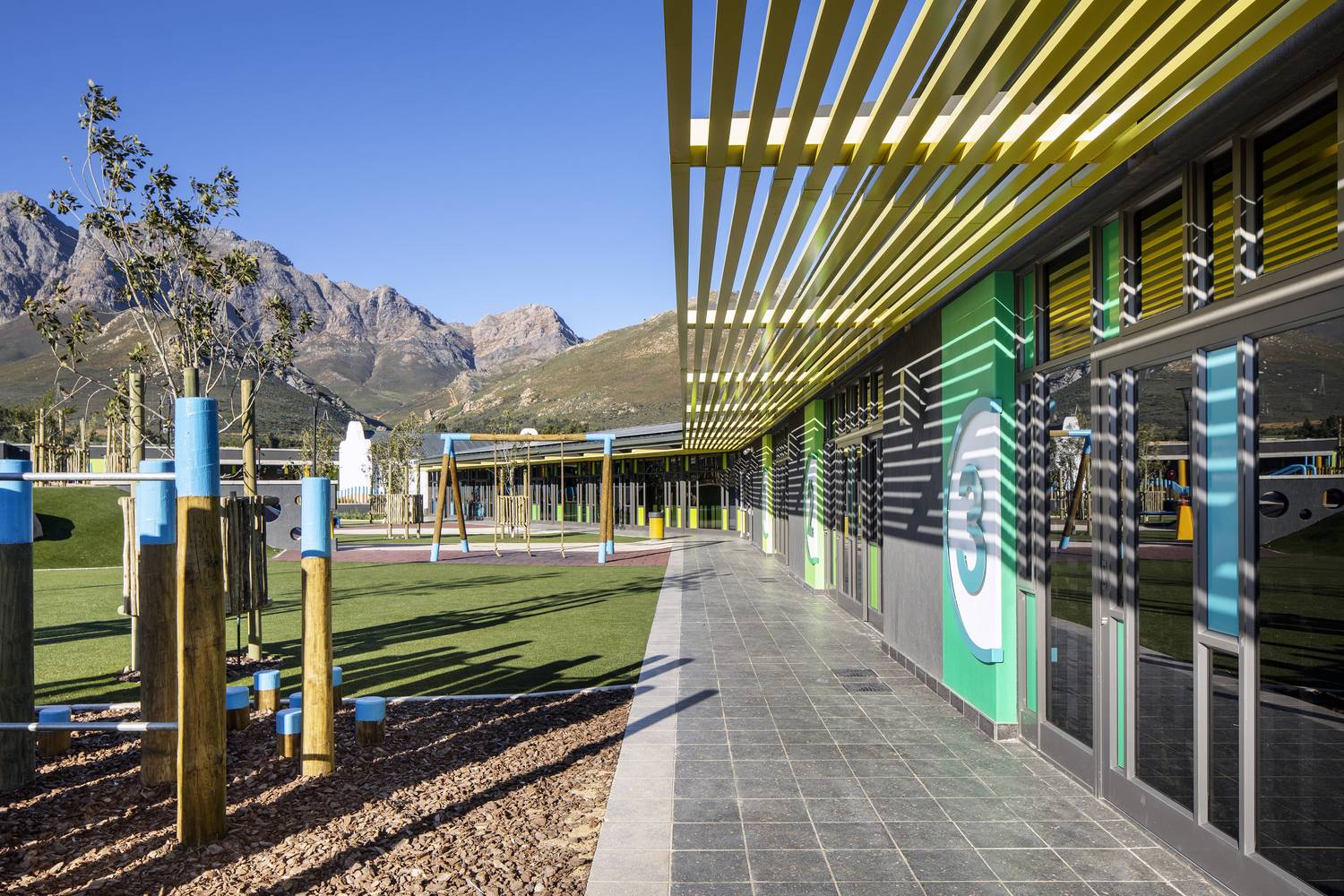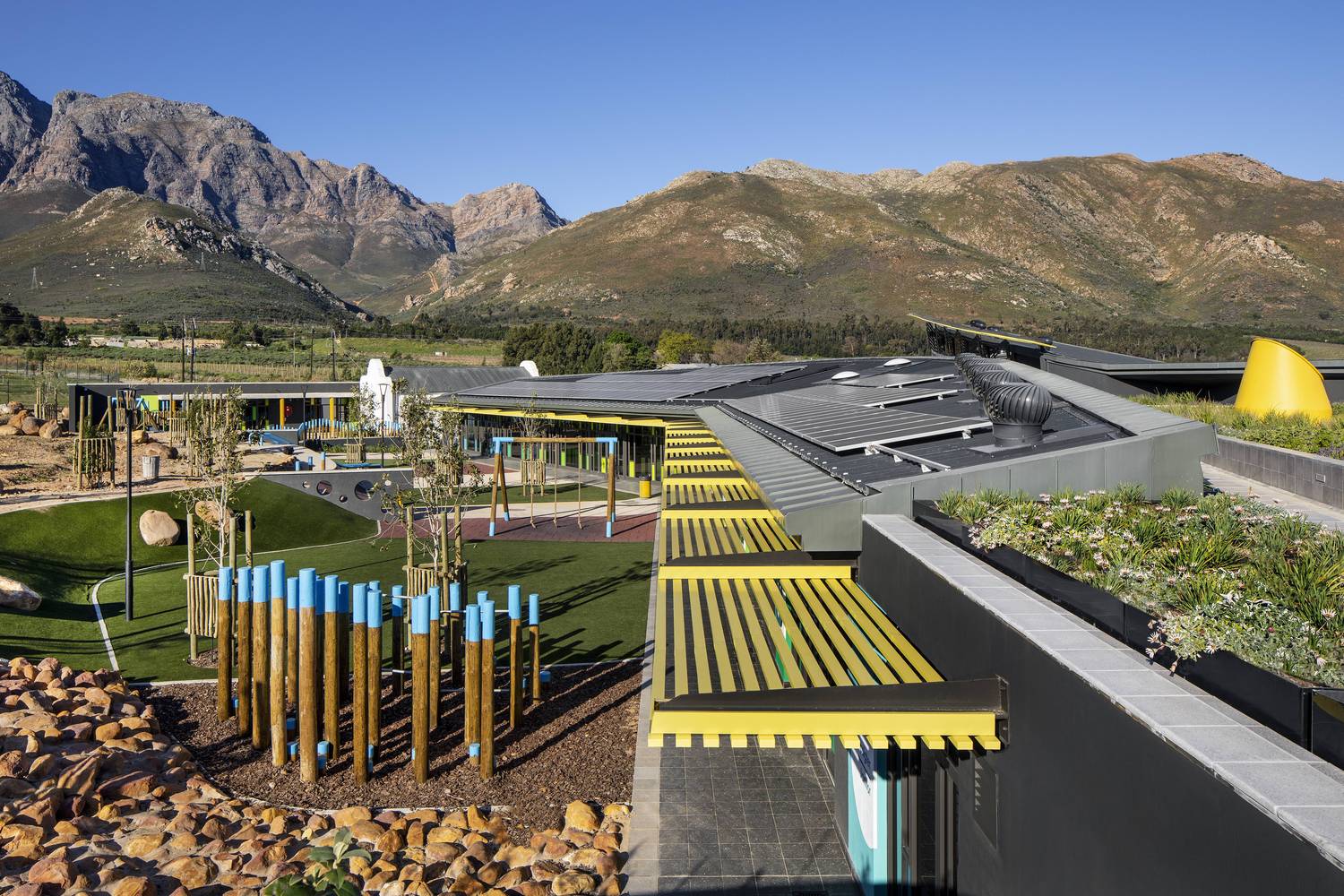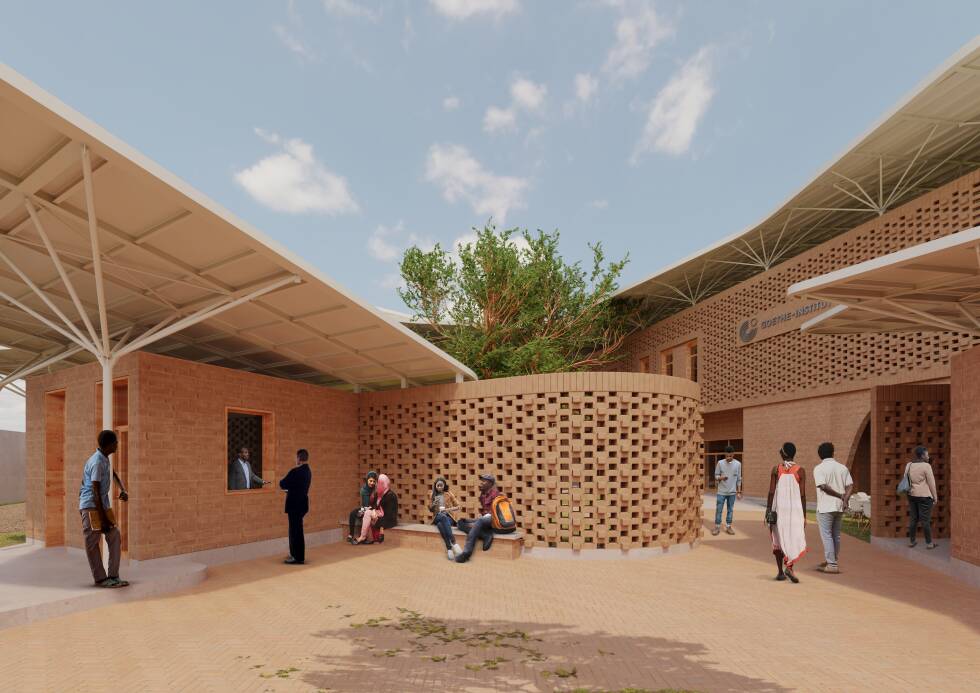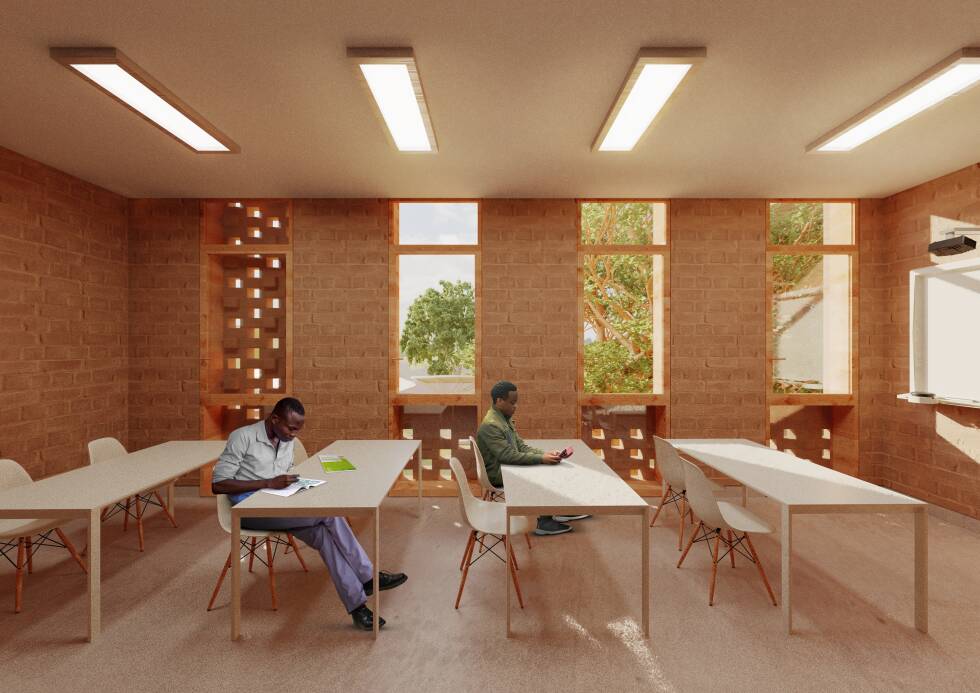EdDesign Mag Guest Essay
Adrian De Waal Ritter, a graduate of the University of The Free State in 1995, has registered as a professional in the architecture industry in 1996. In the early 2010s, he assumed the role of Chief Architect for a major Private School Group in South Africa, where he dedicated nearly a decade to refining his understanding of educational architecture and construction. Throughout this tenure, he meticulously explored the intricate relationship between design and its impact on learners and educators, recognizing them as the ultimate end-users of educational architecture.
![]()
Some key features that have influenced our current school designs are mentioned below.
Both Viherkallio Primary School in Finland and Jesmond Gardens Primary School in the UK, are characterized by their circular form designs with flexible seating options. These child-centered spaces prioritize flexibility over static, grid-like, formulaic designs and very clearly place the needs of the learners at the center of the educational experience.
Jesmond Gardens is also unique in its application of sound-absorbing curtains as dividers, enabling the quick and efficient isolation, expansion, and combination of spaces, not allowed for by the traditional use of fixed walls and doors. Learning environments designed to be responsive, and adaptive to diverse learning and teaching styles is evident throughout the school. Circular form-like spaces and flexible furnishings simplifies the transition between different configurations for lectures, group work, independent study, and hands-on activities.
Photo: Jesmond Gardens Primary School, ADP Architecture
In Denmark and the Netherlands, I witnessed the power of open, collaborative study zones transformed by the skillful use of colors, shapes, and flexible furnishings such as bean bags. These informal meeting areas also foster a culture of collaboration and active learning, breathing life spaces traditional only used as circulation paths. The creative use of space planning and design elements encourages students to organically gather, discuss and engage with educational content in a more dynamic and interactive manner.
Another striking feature is the sustainable design approach applied at the Martin Luther King school in the Netherlands. The design enables the school to generate their own energy – a growing and dire need in the current South Africa context where our infrastructure does not allow for unlimited and uninterrupted access to electricity, often causing major disruptions in the day-to-day effective running of a school. Even more impressive is the commitment to provide such innovative learning spaces in the most environmental responsible way, protecting the natural environment, whilst encouraging this mindset in learners.
These diverse yet complementary examples enamored us to the application of the "cluster model.” It is the approach of blending traditional classrooms with specialized instructional spaces, clustered around a central area. The model is grounded in the longstanding research of Professor Wesley Imms and his team at the University of Melbourne and the model has been adapted for the South African context. This flexible concept deeply resonates with me and has become central in our South African school designs.
This activity-based approach is prominent in our designs, tailoring learning environments around various curricula and student needs. The more traditional design centered around the use of restrictive rows of desks, are replaced by central clusters, with adjoining small-scale breakout spaces catering for groupwork sessions and individual studies, and larger areas for presentations and gatherings. This range of environments supports diverse modes of learning and collaboration, acknowledging that fact that students thrive in varying learning environments.
The integration of technology into these modern learning spaces is also crucial in any modern design philosophy, inspired by the examples set by the Lego House in Billund and the Apple Park Campus in Cupertino. In our South African school designs, we ensure all learning spaces have reliable Wi-Fi and can accommodate the use of tablets, laptop computers and other digital tools. The purpose however always remains on the ability of these innovations to complement and enhance the learning process, but never to drive it entirely at the expense of other crucial curriculum elements.
One of the most profound insights from my global travels is the vital role that skilled, dedicated, and passionate teachers play in creating successful learning environments. In Finland the deep respect and recognition shown to educators in shaping young minds is a prominent part of their educational landscape. Whilst innovative architecture and cutting-edge technology can support and facilitate learning, it is ultimately the educators who play a key role in a child's educational journey.
Keeping this is mind, we strive to create environments that empower and support teachers in this critical role. In our school designs, we provide comfortable, well-equipped workspaces dedicated to lesson planning, collaboration, and professional development. These spaces allow teachers to stay abreast of the latest pedagogical approaches and technological tools to enhance their craft.
Furthermore, as live-long learners, we make a conscious effort in each of our projects, to maintain an open mindset, actively discarding preconceived notions, so that we can fully absorb and be impacted by the new environments and solutions we encounter. Traveling has allowed us to firsthand experience of the impact of successful school designs. Immersing ourselves in these spaces, fully utilizing all our senses, has been an immensely enriching experience. Spending time in these creative spaces allows one to forge new neural pathways and expands your frame of reference of what a cutting-edge school facility can be in our modern times.
![]()
![]()
We have developed our own "70/30 principle" inspired by educational theorists and their work on varied intelligence, learning style differences and a mindset that inspires growth. It is a guideline for balancing traditional and innovative learning space allocations in our designs. The goal is to create an environment that triggers the most appropriate cognitive behaviors for developing 21st-century skills in learners, whilst still incorporating crucial elements of conventional instruction that should not be discarded in their entirety.
During our travels we were exposed to a variety of schools, all set in various cultures and socio-economic contexts. Once again, I was reminded of the creative challenge, we as designers face, to always consider the unique nature of the diverse communities we offer a service to, and that our solutions can never be a one size fits all approach.
Within the African context, the application of cost-effective modular constructions that enable the rapid construction of schools in underserved areas has become the norm. Over the last few decades these modular, prefabricated classrooms have become a part of the layout of the majority of schools in South Africa and the rest of Africa. Unfortunately, these quick fix “temporary classrooms” inevitably become part of the permanent fixtures of most traditional schools, leaving little space for more innovative approaches that would be better suited in addressing the needs of an every changing and expanding educational sector.
A product like xLearn, is a prime example of a more innovative approach that could be considered. It involves the design and creation of school buildings, in a controlled factory setting. The various components are flat-packed and transported to the final site for efficient assembly by a competent team. This approach enables the construction of a 12x learning space school building, including administrative offices, kitchen and ablution facilities and various multipurpose spaces, in a three-to-six-month period - a remarkable feat when compared to traditional construction timelines.
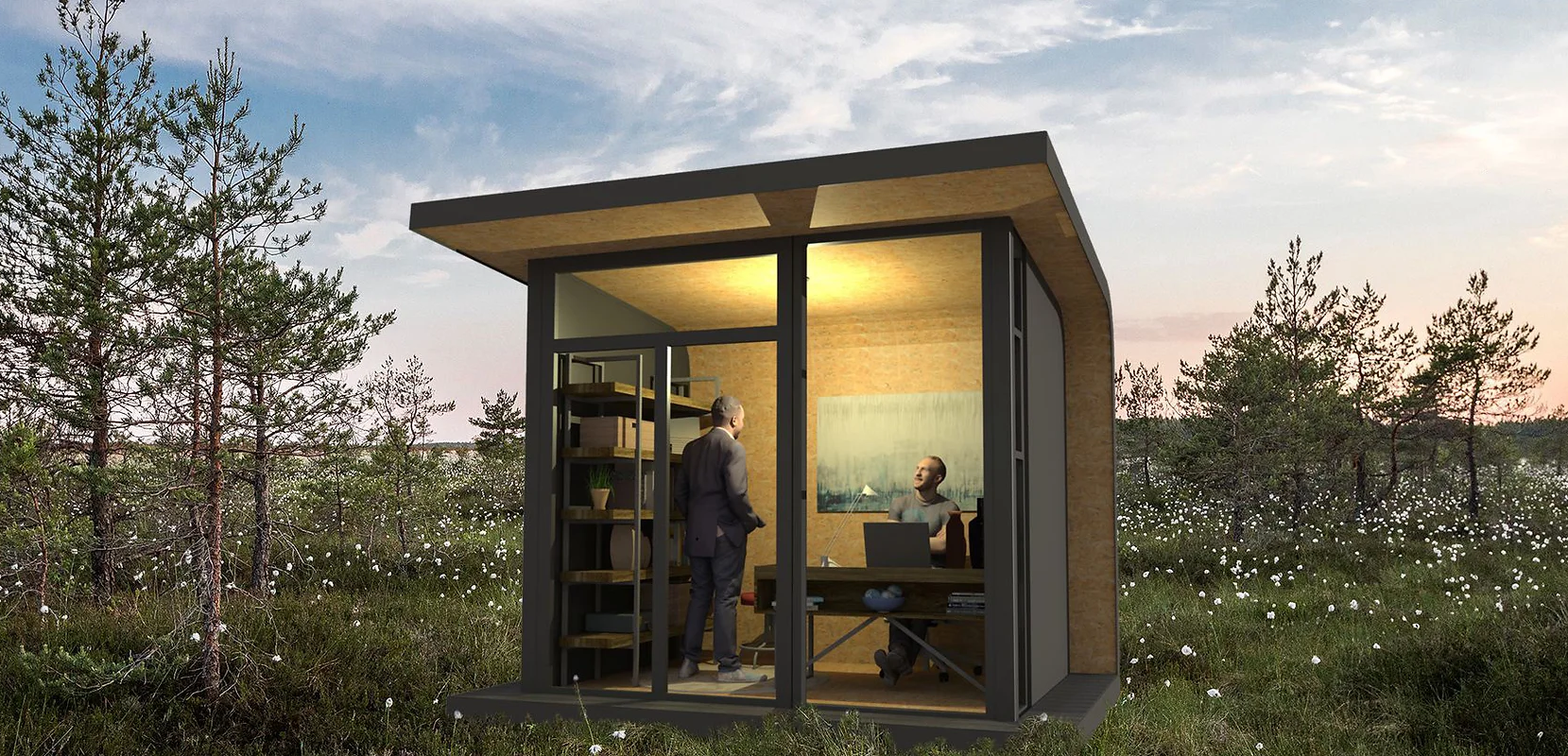
Photo: xPod
Green School South Africa
Read about EdDesign Mag's trip to Green School South Africa
As architects we have the responsibility of providing high-quality, esthetically pleasing educational spaces to all children, regardless of their economic backgrounds. I interviewed a fellow South African architect, Wessel Van Dyk of GASS Architecture Studios, who was involved in the design of the amazing Green School South Africa. This school is a refreshing departure from the regimented way of looking at school design and is probably one of the best end-user designed schools in South Africa. A prime example that creative solutions are always possible.
Photo: Green School South Africa
Botha's Halte Primary School
In contrast, another university friend of mine, Tiaan Meyer, of Meyer & Associates, also designed a beautiful, donor-funded school with equal architectural merit for children in the public sector – this being in the region of less than $1 per month school fees. This stark contrast of good design irrespective of demographical sector or divide, solidified my belief that all learners deserve supportive and stimulating environments.
Photo: Botha's Halte Primary School, Adam Letch
Although not the focus of this article, I have also had the experience of visiting some existing schools, northwards in Africa and as uplifting as my visits to other parts of the world have been, some of these visits left me heartbroken – consisting of mostly monolithic blocks, lacking any soft spaces for children to play, with non-functional agricultural gardens.
As architects, we have to do better in creating child-friendly spaces that nurture the cognitive, physical, and emotional development of all children. This is possible as is evident in the inspiring designs of Burkinabè Francis Kéré who crafts naturally ventilated, cost-effective schools, perfectly attuned to the local climate and the culture of the natural home of Burkina Faso.
Photo: Goethe-Institut Dakar, Kéré Architecture
Over the past few years, I have been in the privileged position to work in an environment that has allowed me to put many of these principles into practice, designing several school projects, across South Africa and beyond our borders internationally. Due to client confidentially I am not able to mention specific examples, but the overarching principles of including widening hallways to facilitate impromptu collaboration, maximizing the use of natural light, and creating a variety of indoor-outdoor learning zones to accommodate different teaching styles and student needs, have been applied throughout.
Our vision moving forward is to keep on creating schools that nurture the whole child, imparting knowledge while fostering a love of learning, a sense of belonging and the critical skills and confidence to navigate an ever-changing world. Inclusivity is a core principle in our designs, with learning environments meticulously designed to cater to the diverse needs of all students, including those with differentiated challenges, learning differences, or other unique requirements.
![]()
My global travels, exposing me to best practices in educational design has afforded me valuable insights and a wellspring of inspiration, directly informing my approach to creating future-ready learning environments that are not only academically sound but also inclusive, engaging, and responsive to the diverse needs of students.
About the traveller:
Adrian De Waal Ritter, a graduate of the University of The Free State in 1995, has registered as a professional in the architecture industry in 1996. With a diverse portfolio spanning large-scale residential, commercial, medical, and diplomatic architecture, both domestically and internationally, his expertise is extensive.
In the early 2010s, he assumed the role of Chief Architect for a major Private School Group in South Africa, where he dedicated nearly a decade to refining his understanding of educational architecture and construction. Throughout this tenure, he meticulously explored the intricate relationship between design and its impact on learners and educators, recognizing them as the ultimate end-users of educational architecture.
As a seasoned researcher and adept business developer, he has been instrumental in navigating the dynamic landscape of educational infrastructure and architecture. His contributions extend beyond the realm of design, as he delves into the transactional nature of the industry, discerning how a vacant piece of land can manifest the vision of a school.
Participating in numerous conferences across Europe and the USA, De Waal Ritter has cultivated a commitment to lifelong learning. He fervently advocates for the value of teamwork and emphasizes the importance of continual learning and research in fortifying understanding, design, and collaboration.
A dedicated listener, De Waal Ritter believes that genuine understanding stems from active listening, fostering a deeper comprehension of purpose and action.
June 2024
Similar Stories:
